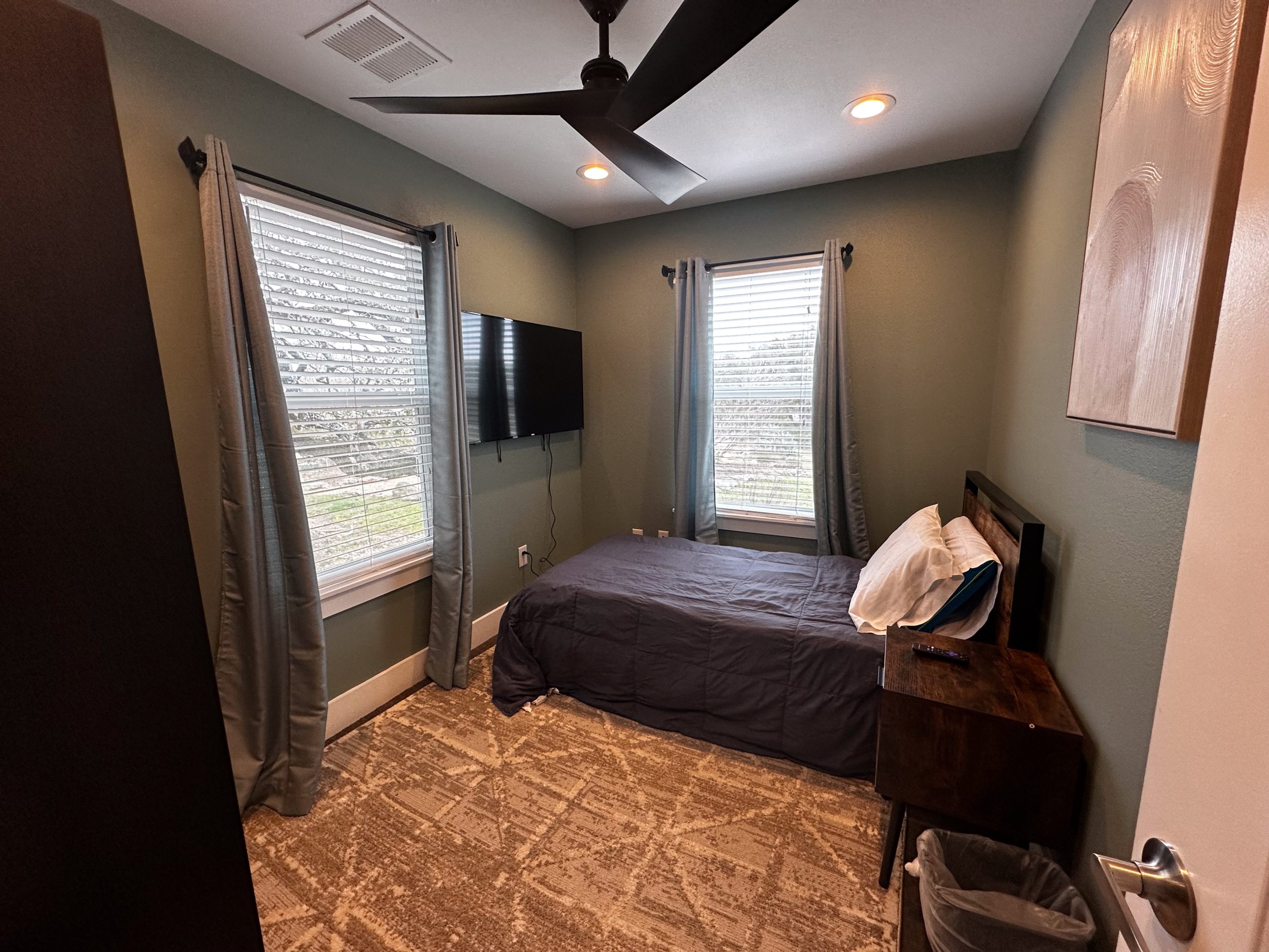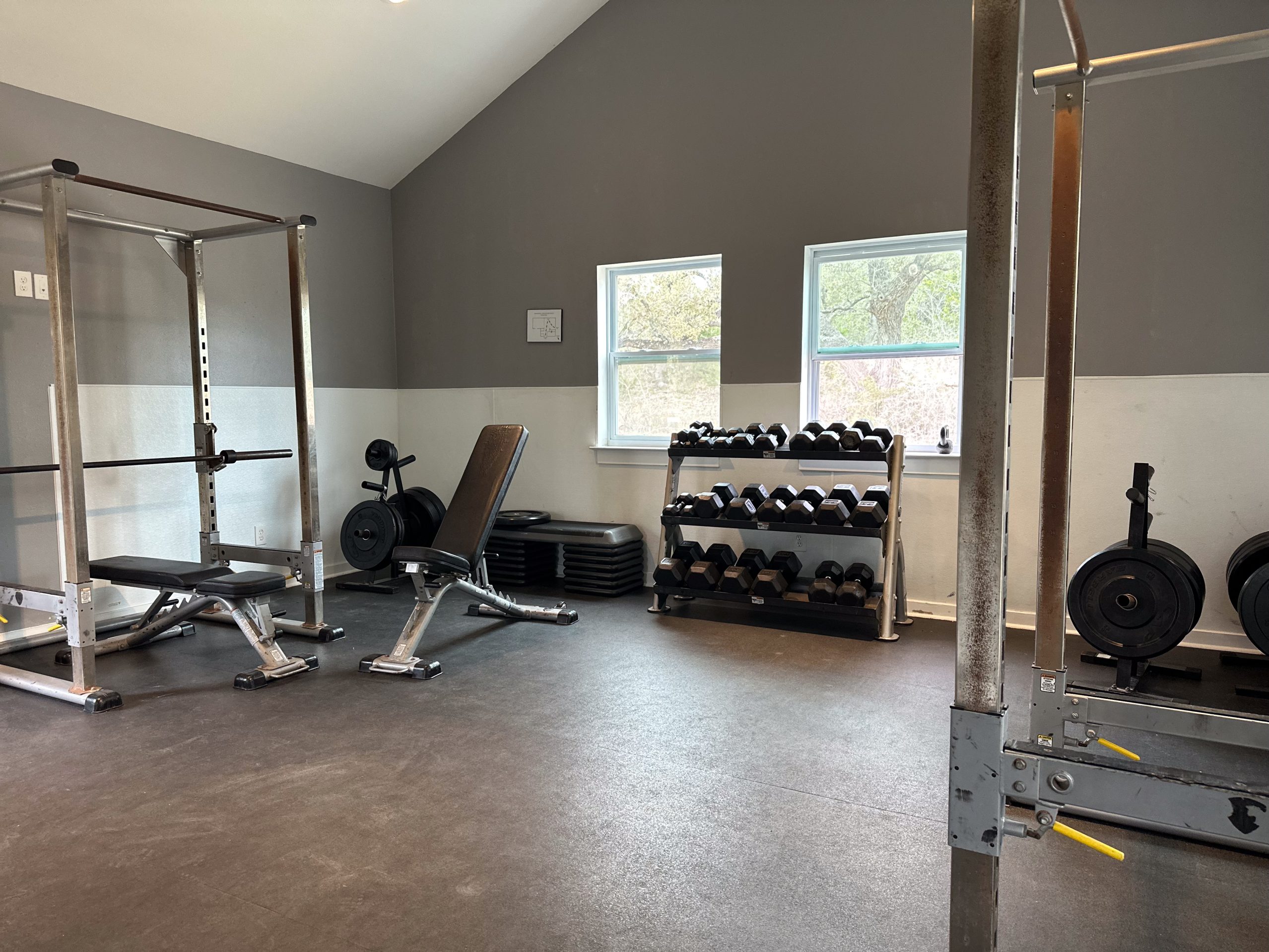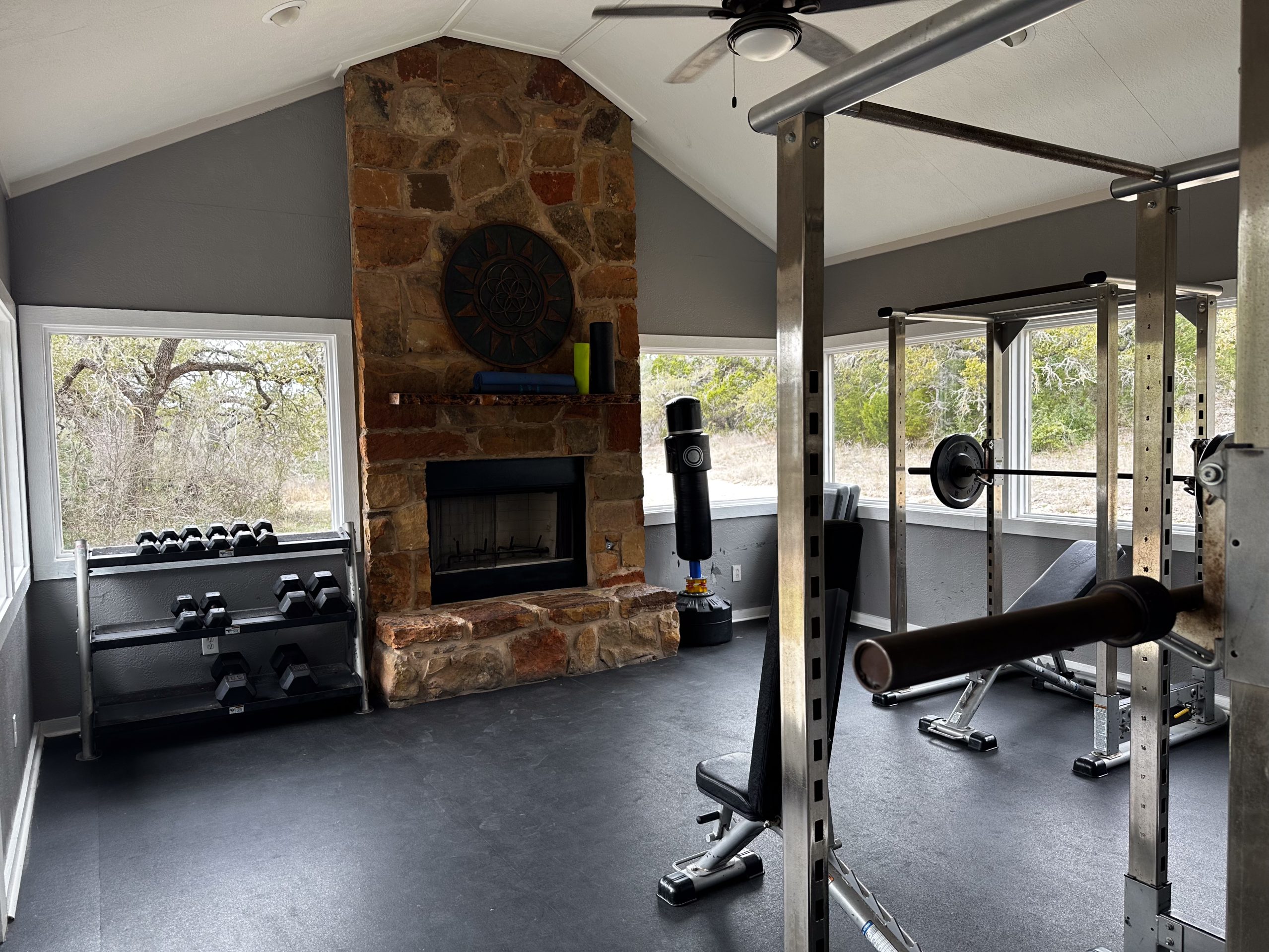Last Updated on November 13, 2025
Key Takeaways
Austin offers a full continuum of alcohol rehab: detox, inpatient, PHP/IOP, outpatient, and sober living.
Start at the right level of care. Detox is short-term medical stabilization; most people then “step down.”
Dual-diagnosis treatment is common in Austin. Ask about care for anxiety, depression, or PTSD alongside substance abuse.
Verify accreditation and licensing (e.g., The Joint Commission). It signals safety and quality.
Insurance may cover part or all of treatment. Always confirm in-network status and get benefits in writing.
Programs use evidence-based therapy (CBT/DBT), family work, and relapse-prevention planning.
Specialty options exist, including men-focused and veteran tracks, plus experiential therapies.
Aftercare matters. Alumni groups, outpatient therapy, and sober housing help maintain gains.
If there’s immediate risk, call 911. For confidential referrals, use 1-800-662-HELP (SAMHSA).
A clear plan—matched to your needs, budget, and schedule—improves the odds of long-term recovery in Austin.
Table of Contents
Finding alcohol rehab shouldn’t add more stress to an already heavy moment. This guide explains how Austin rehab programs are structured, what services to expect, how payment typically works, and where to find reputable help near you.
Understanding Alcohol Rehab
Alcohol rehab is a structured set of services that help you stop drinking safely, stabilize health, and build skills for long‑term recovery. In Austin, “addiction rehab” programs blend medical care, counseling, peer support, and practical planning. While approaches differ, programs share one goal: reduce harm from substance abuse and support a sustainable life in recovery.










Levels of Care in Austin
Detox (Medical Stabilization)
Detox manages withdrawal with medical supervision. Learn more about our alcohol detox in Austin, including what to expect during the first 72 hours. For alcohol, this stage typically lasts 3–7 days, and it reduces risks tied to severe withdrawal. Many facilities treat detox as a distinct admission, followed by a step‑down plan.
Residential / Inpatient Rehab
Residential treatment provides 24/7 structure away from triggers. If you need a higher level of support, our inpatient alcohol rehab in Austin offers structured therapy, dual‑diagnosis care, and step‑downs to IOP. Programs commonly include individual therapy, groups, family involvement, and skills practice. Several Austin centers describe residential care for alcohol use and co‑occurring mental health needs.
PHP / IOP (Day‑Treatment and Intensive Outpatient)
These options deliver many hours of therapy each week while you live at home or in sober housing. A typical IOP track runs 3–6 months; PHP is more intensive and may be used as a bridge from inpatient.
Standard Outpatient
Outpatient therapy suits those stepping down from higher care or with stable support at home. Sessions are scheduled around work or school.
Sober Living and Aftercare
Austin programs often connect clients with sober housing, alumni groups, and relapse‑prevention plans to support daily life after treatment.
Freedom Starts Here. Take Back Your Life Today.
Same-Day Admissions in Austin Available.
How to Choose an Austin Rehab
Accreditation and Safety
Look for national accreditation (e.g., The Joint Commission) and licensed staff. These markers signal quality and safety practices.
Clinical Fit
Ask whether the program treats alcohol use disorder alongside anxiety, depression, PTSD, or pain if those apply—many Austin centers offer dual‑diagnosis care and trauma‑informed approaches.
Levels of Care Available
Verify that the program can place you at the right starting level—detox, inpatient, or outpatient—and help you “step down” as you progress.
Specialty Tracks and Culture
Some people prefer men‑only settings, veteran‑focused care, or programs with specific therapeutic modalities (e.g., equine‑assisted therapy, music‑assisted therapy). Austin has options across that spectrum.
Insurance and Cost
Most providers offer benefit verification and list common plans; coverage varies for detox vs. rehab, and Medicaid/Medicare acceptance differs by site. Confirm in writing before admission.
What to Expect from Intake Through Discharge
Intake & Assessment
You’ll complete a medical and psychosocial assessment to determine the safest level of care and an individualized plan. Programs that advertise a “full continuum” emphasize matching services to need.
Core Therapies
Evidence‑based therapies (CBT, DBT), family work, and relapse‑prevention planning are common. Some providers add experiential options such as equine‑assisted therapy or music‑assisted interventions to build motivation and coping skills.
Medication‑Assisted Treatment (when appropriate)
For some individuals, FDA‑approved medications can reduce cravings or support mental health symptoms within an alcohol rehab plan. Many Austin programs note the availability of medication support as part of comprehensive care.
Family and Aftercare
Family sessions help rebuild communication and set healthy boundaries. Aftercare may include alumni meetings, ongoing therapy, or virtual support to maintain momentum.
Freedom Starts Here. Take Back Your Life Today.
Same-Day Admissions in Austin Available.
Costs, Insurance, and Payment
Insurance often covers some or all of alcohol rehab services; coverage depends on your plan, medical necessity, and the provider’s network status. Many Austin centers invite you to verify benefits and list the insurers they accept; some are in‑network with major carriers, and several specify which Medicaid plans they accept or do not accept. If you’re uninsured, ask about payment plans or state/local resources.
Therapies and Approaches You’ll See in Austin
Cognitive Behavioral Therapy (CBT), Dialectical Behavior Therapy (DBT), and 12‑Step–friendly programming are common building blocks.
Trauma‑informed care appears widely, with attention to past experiences that drive substance use.
Experiential elements such as equine‑assisted therapy or music‑supported interventions may help engagement and skill building.
Holistic and wellness activities (yoga, mindfulness, recreation) are frequently used as adjuncts to clinical care.
Community, Support, and Sober Activities
Beyond formal treatment, local resources matter. Austin facilities list emergency contacts, hospitals, and peer‑support meetings (AA, NA, SMART Recovery). Some even share ideas for sober things to do—parks, museums, and outdoor activities—so recovery can include healthy social life.
Local Helplines and Immediate Support
If you or someone else is at immediate risk, call 911. For confidential help and referrals, contact SAMHSA’s National Helpline (1‑800‑662‑HELP) or use local emergency departments listed by area providers. Several Austin centers publish 24/7 numbers and local emergency resources to help you take the next step safely.
Freedom Starts Here. Take Back Your Life Today.
Same-Day Admissions in Austin Available.
Why Austin Is a Practical Place to Begin
With more than 100 treatment options listed in the metro area, Austin offers the range and depth to match different needs, schedules, and budgets. The combination of accredited programs, specialty tracks, and strong community support makes it possible to design a recovery plan that fits your life.
How Nova Recovery Center Helps with Alcohol Addiction and Abuse
Nova Recovery Center offers a structured path for people dealing with alcohol addiction and abuse in the Austin area. A thorough intake assessment helps match each person to the right starting point, from medical detox with partner providers to residential or intensive outpatient care. Individualized plans use evidence‑based therapies such as cognitive behavioral therapy, motivational interviewing, and relapse‑prevention training. When needed, clinicians coordinate medication support for alcohol use disorder and co‑occurring conditions like anxiety or depression. Family education and counseling help rebuild communication and support at home. Case managers assist with insurance verification, scheduling, and referrals to sober living to reduce practical barriers. Step‑down options, aftercare planning, and alumni groups maintain structure once formal treatment ends. This continuum of care helps clients move from stabilization to daily recovery skills while staying connected to resources in the local community.
Verify Your Insurance Instantly
Don’t guess. Know what’s covered. Click below to verify your insurance coverage with 100% confidentiality and zero obligation.
Medical Disclaimer
The information provided on this page is intended for educational and informational purposes only. It should not replace professional medical advice, diagnosis, or treatment. Any prescription or over-the-counter medication, including those used during alcohol rehab or addiction recovery, should be taken only under the guidance of a licensed healthcare professional. Do not begin, discontinue, or modify any medication or treatment plan without first consulting your doctor. If you experience serious side effects, worsening symptoms, or thoughts of self-harm, call 911 immediately if you are in the United States. For 24-hour confidential mental health support, contact the Suicide & Crisis Lifeline by dialing 988.
Alcohol Rehab in Austin: Frequently Asked Questions
Most Austin rehab options follow a continuum of care: medically managed detox, residential (inpatient) rehab, partial hospitalization (PHP), intensive outpatient (IOP), standard outpatient, and aftercare/sober living. The right level depends on clinical need and safety.
Timeframes vary. Alcohol detox is often several days under medical supervision. Residential programs commonly run several weeks, while IOP/outpatient can extend for months with step‑downs as you improve. Length should match your needs, not a fixed number.
Detox addresses withdrawal and safety. Teams monitor vital signs, manage symptoms, and determine whether medications are appropriate. Detox prepares you to start therapy and skills work in rehab.
It can be, which is why medical supervision is important for moderate to severe cases or when risk factors are present. Clinical guidelines outline assessment and management to reduce complications.
Inpatient provides 24/7 structure away from triggers. Outpatient lets you live at home while attending therapy several times per week. Many people move from inpatient to PHP/IOP, then to standard outpatient as symptoms stabilize.
PHP (partial hospitalization) is day‑treatment with many hours of care weekly. IOP delivers several therapy sessions per week while you maintain home or work life. Both are evidence‑informed step‑downs from inpatient care.
Coverage depends on your plan, medical necessity, and the program’s network status. Verify benefits with your insurer and the provider before admission; major health systems advise confirming coverage in advance.
Use the NIAAA Alcohol Treatment Navigator to learn what to ask and how to spot evidence‑based care. Look for nationally recognized accreditation (e.g., The Joint Commission) as a quality signal.
Many programs treat alcohol use disorder alongside anxiety, depression, PTSD, or other issues. Integrated care for co‑occurring conditions is common and recommended when needed.
Programs often use cognitive‑behavioral and other evidence‑based therapies, family involvement, relapse‑prevention planning, and when appropriate, medication support for alcohol use disorder. Major medical sources outline these approaches.
Aftercare may include ongoing outpatient therapy, peer support, alumni groups, and sober housing. Continuing care is a core part of the continuum to help maintain gains.
Use FindTreatment.gov to see nearby programs, filter by level of care, and view contact details. It’s an official SAMHSA locator.


